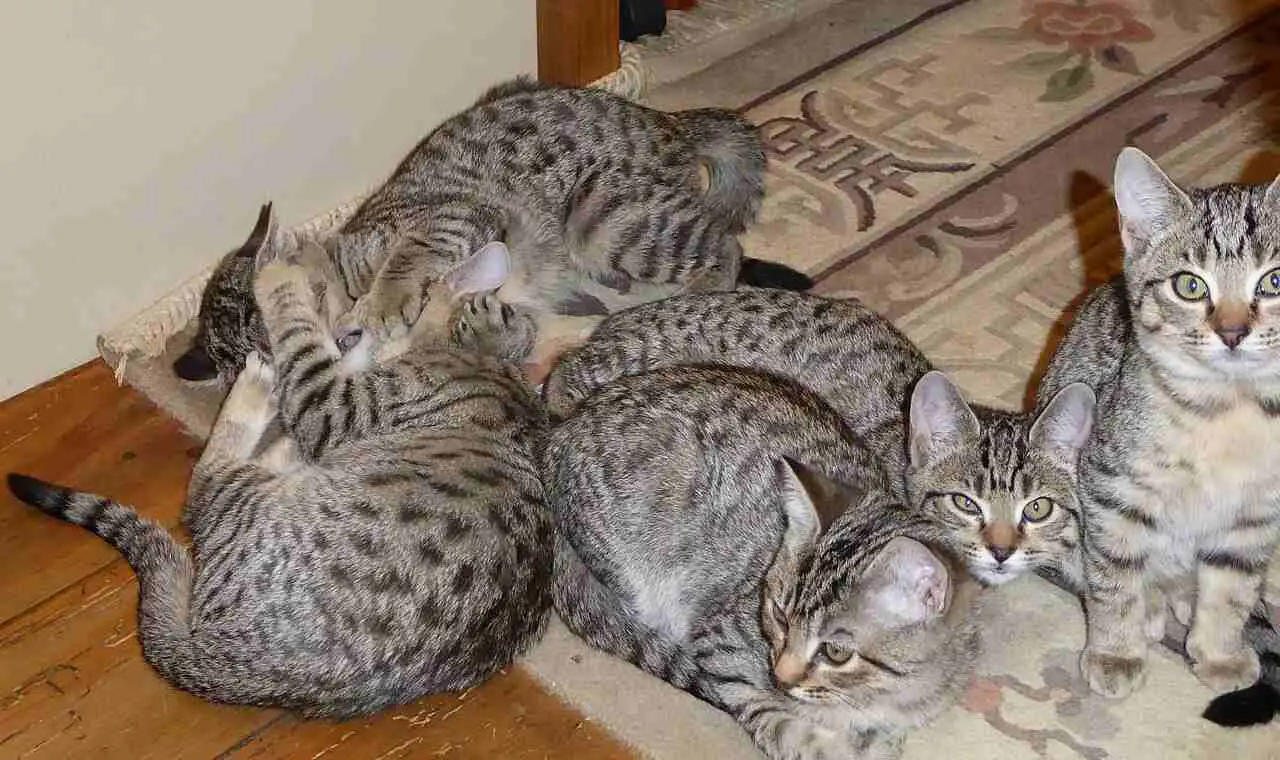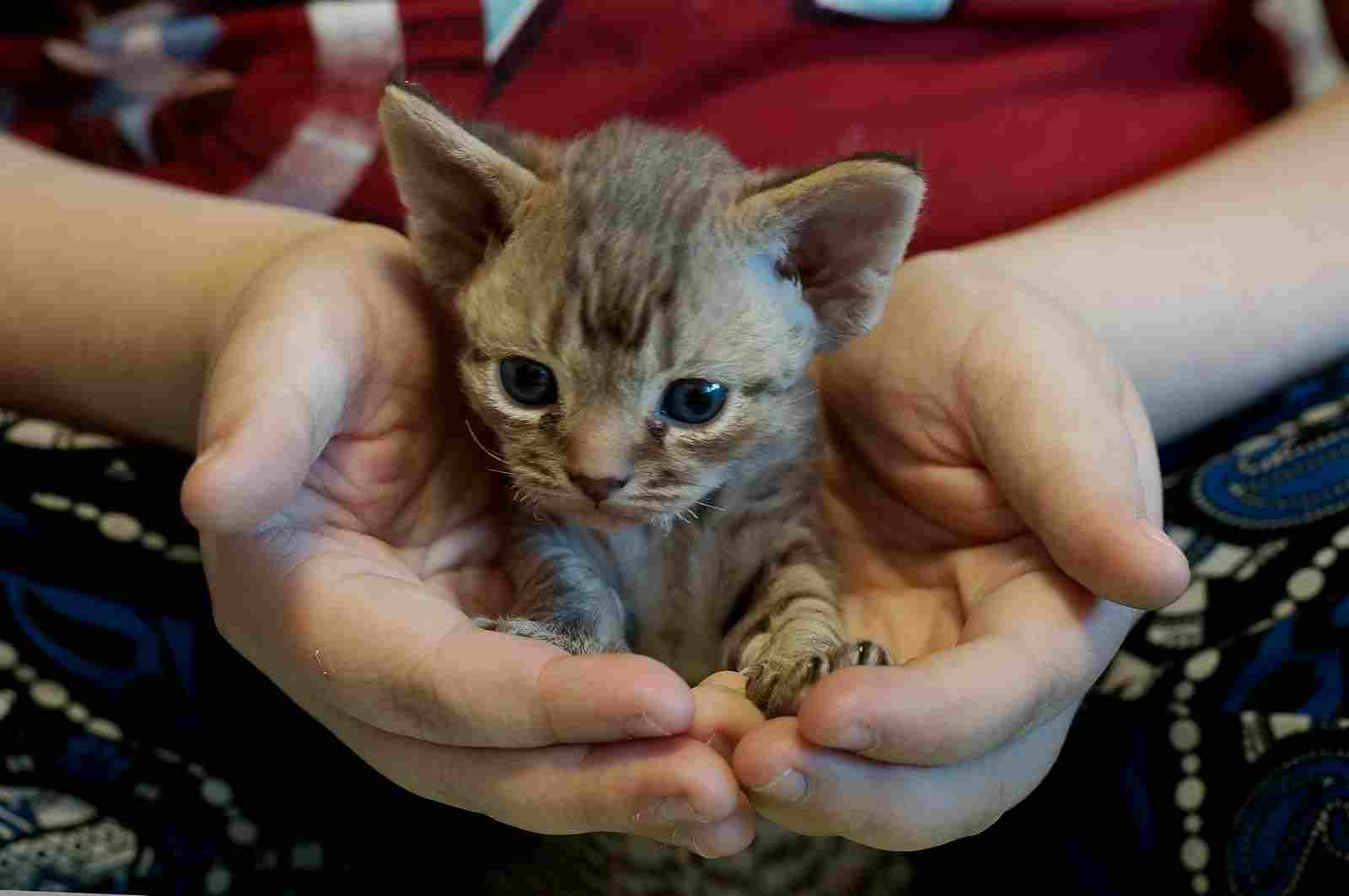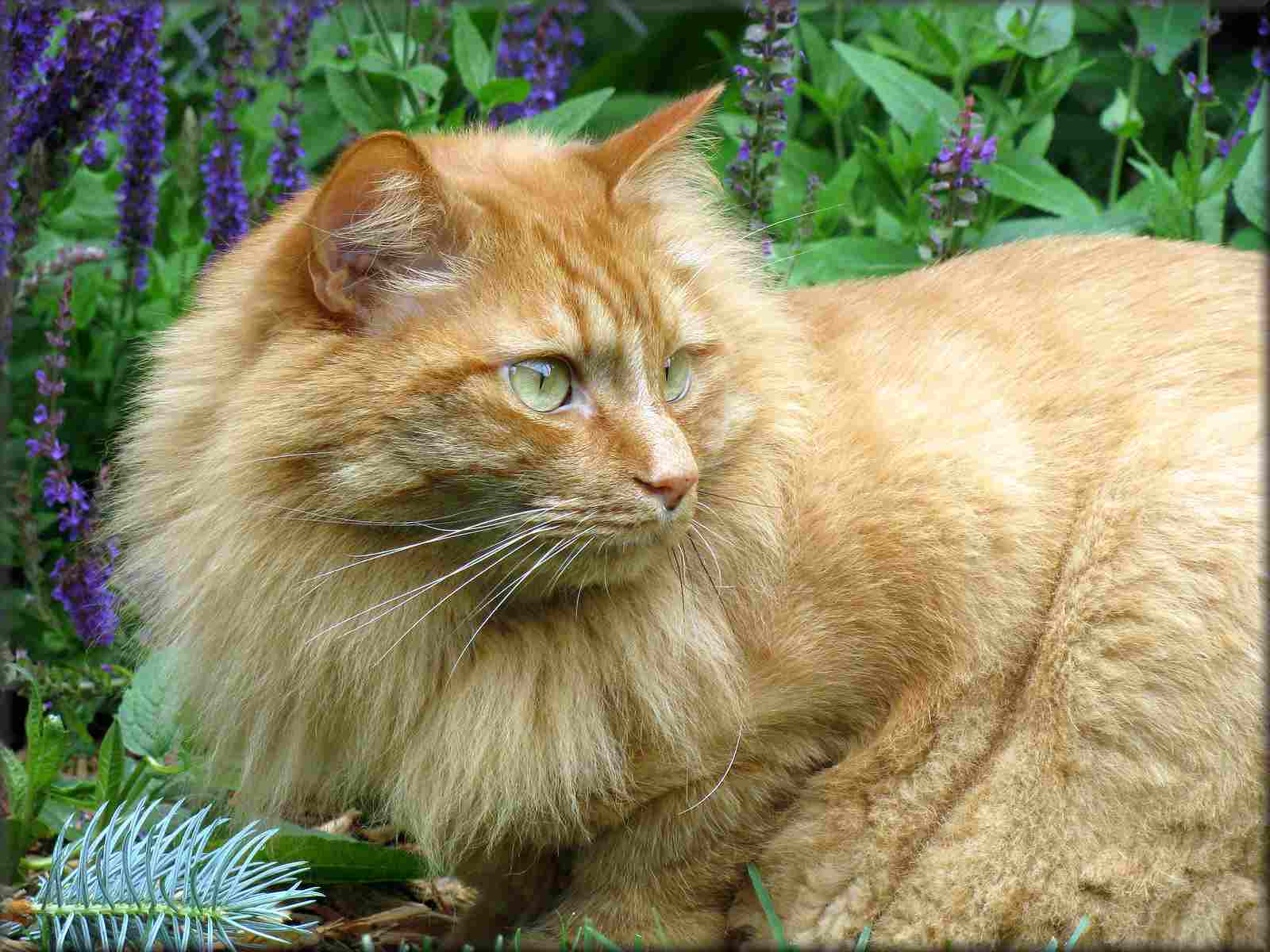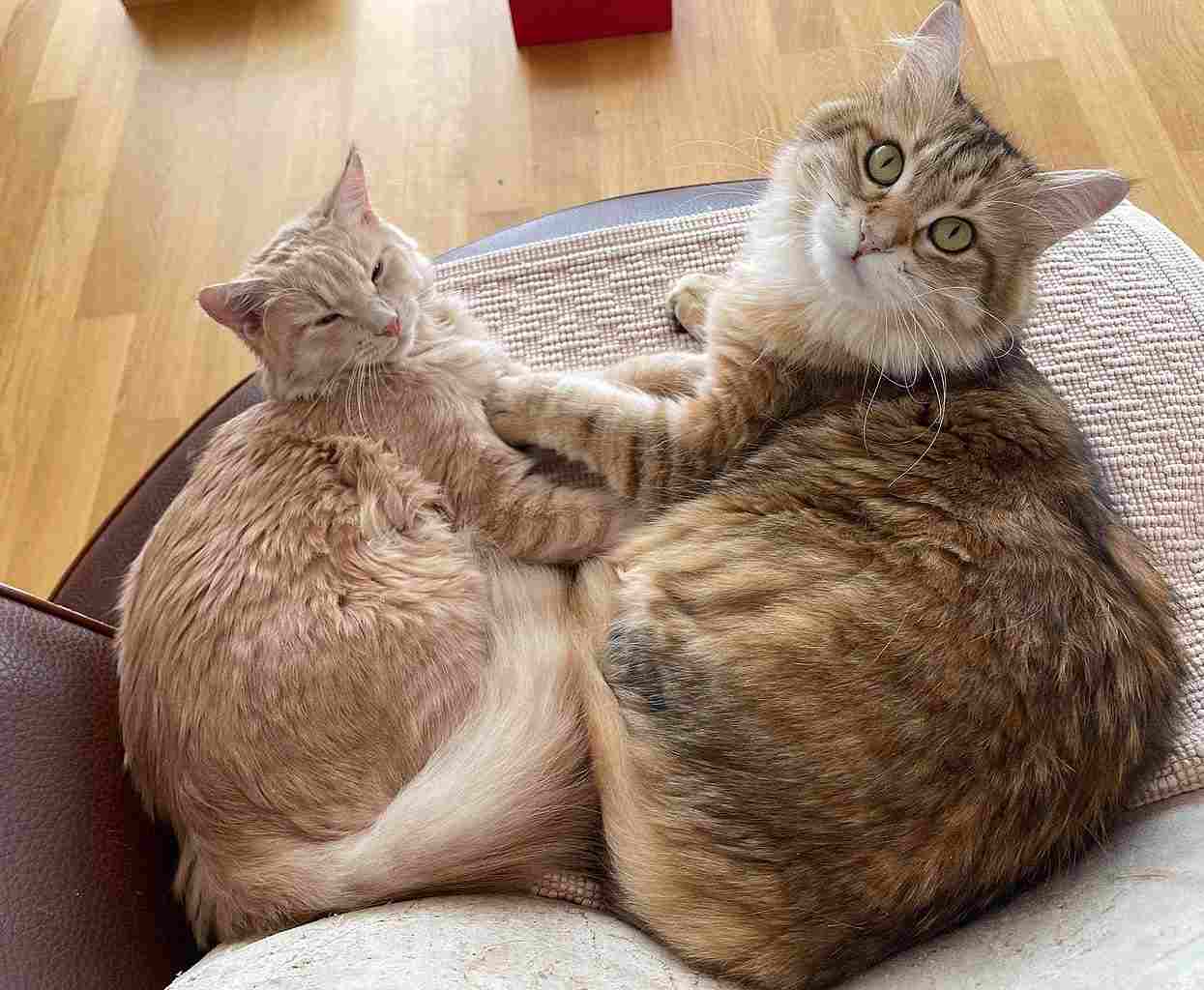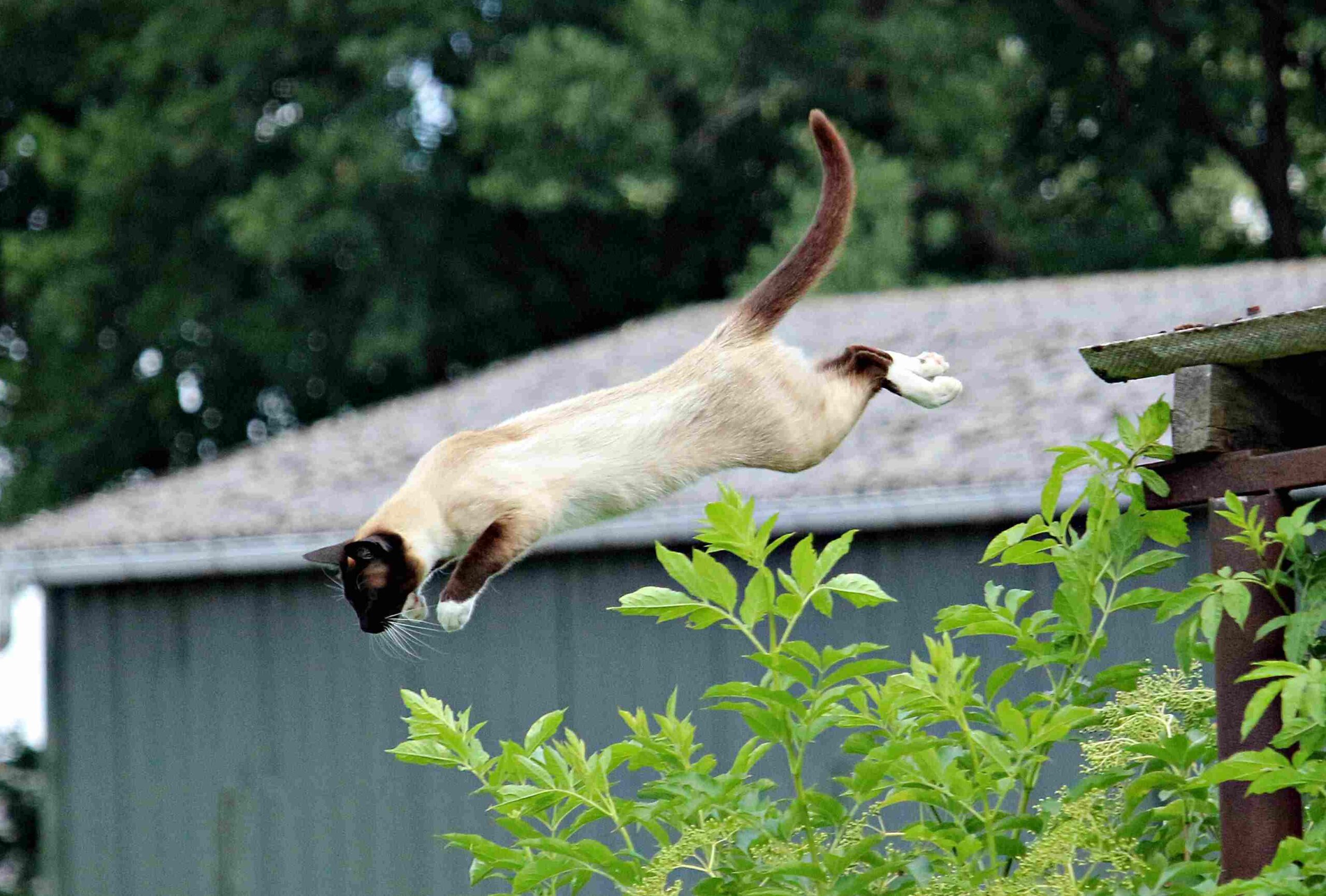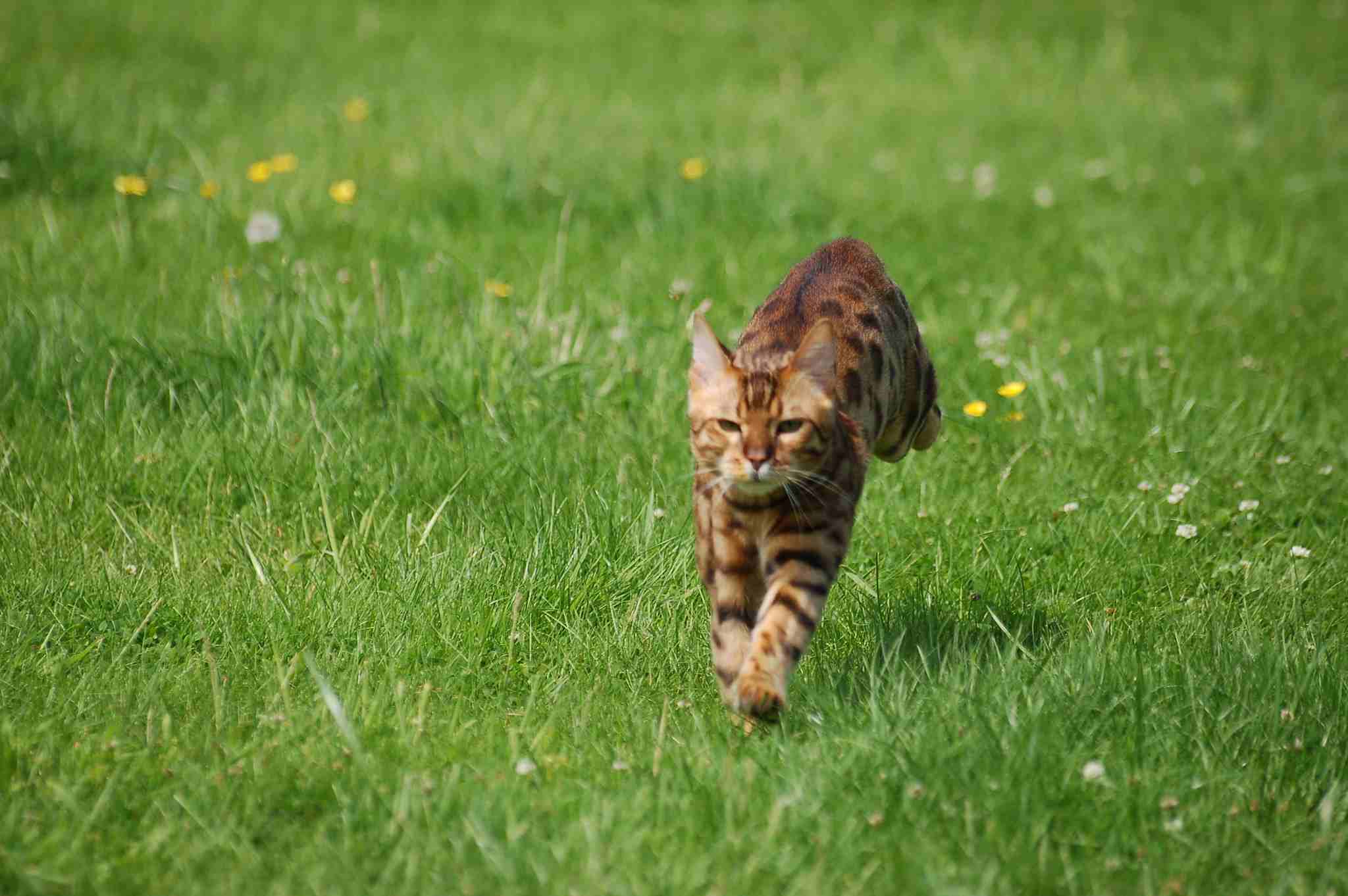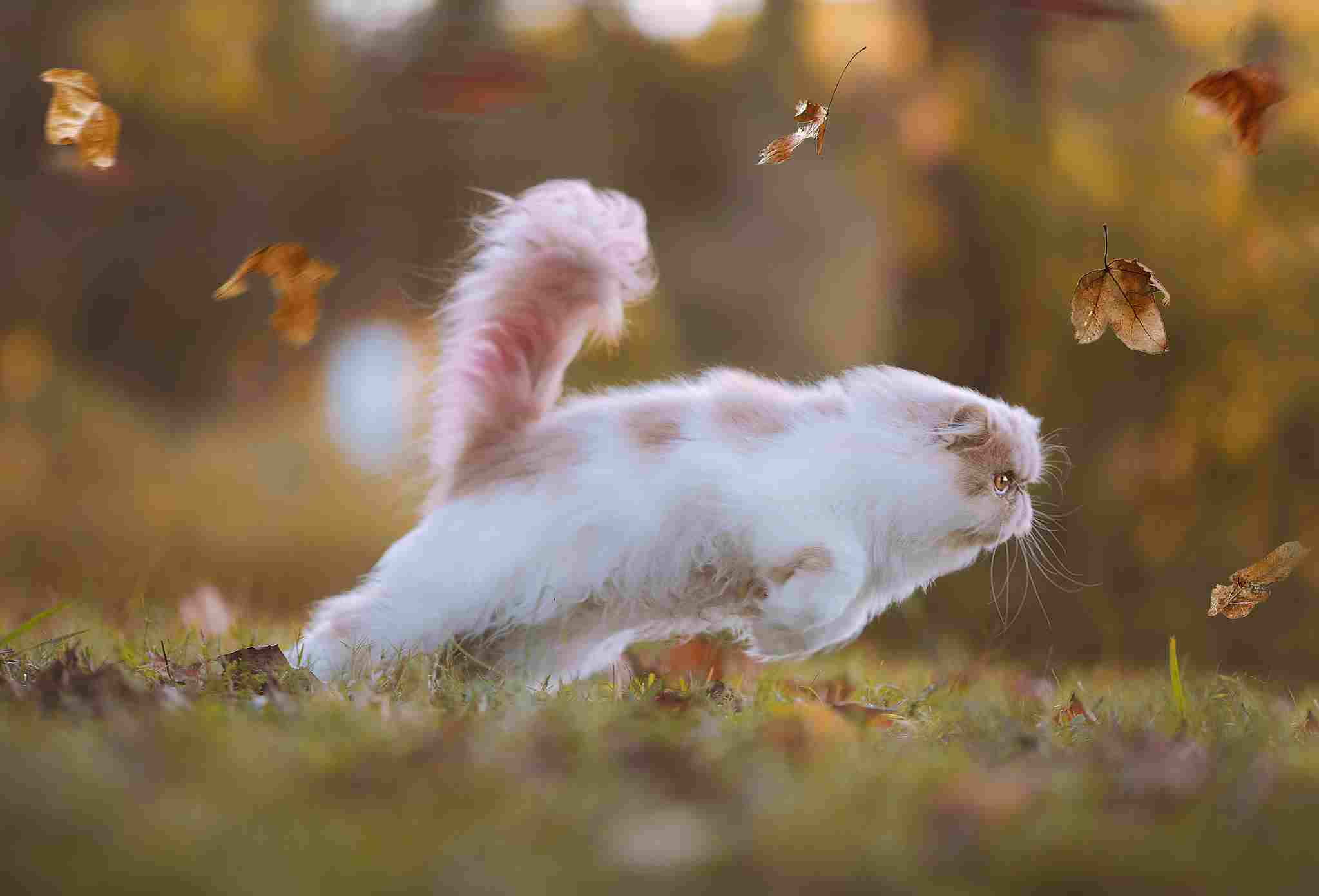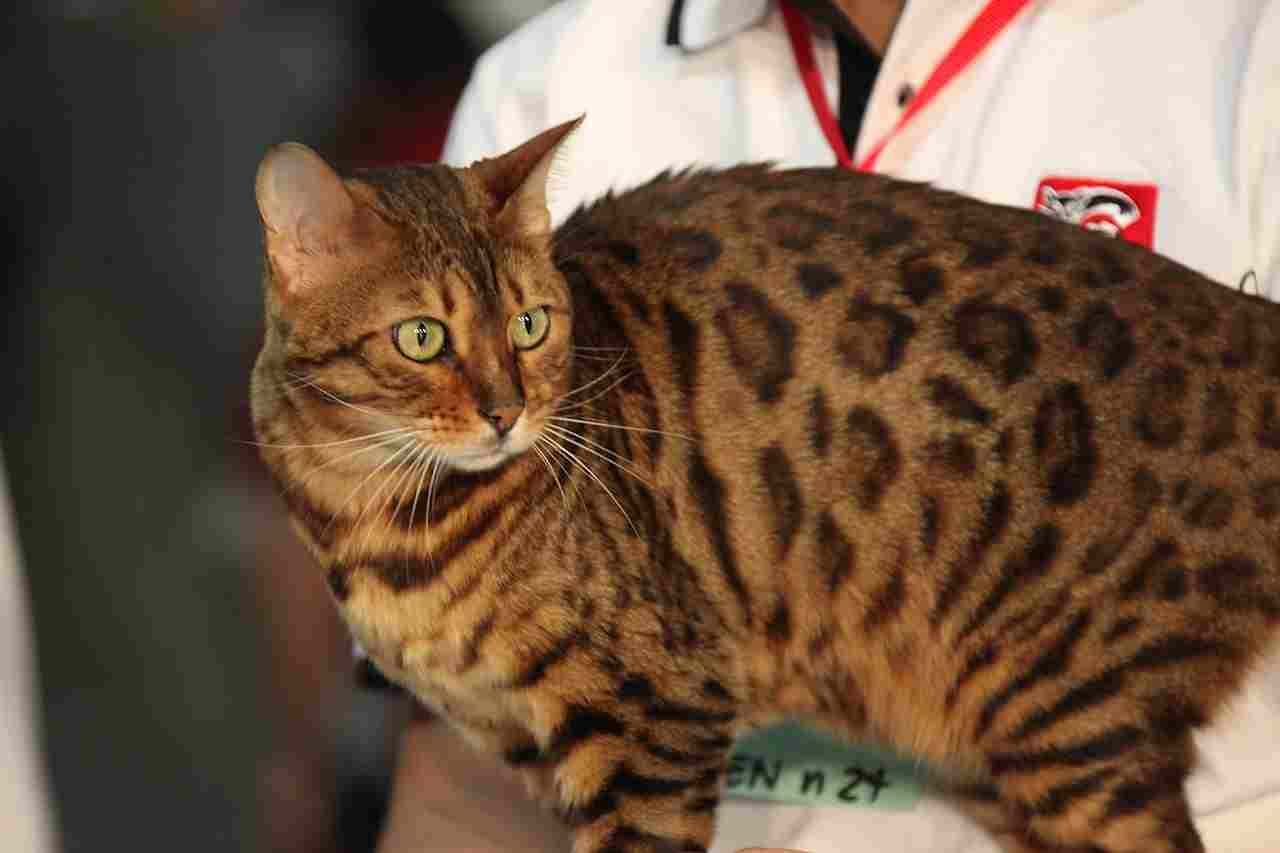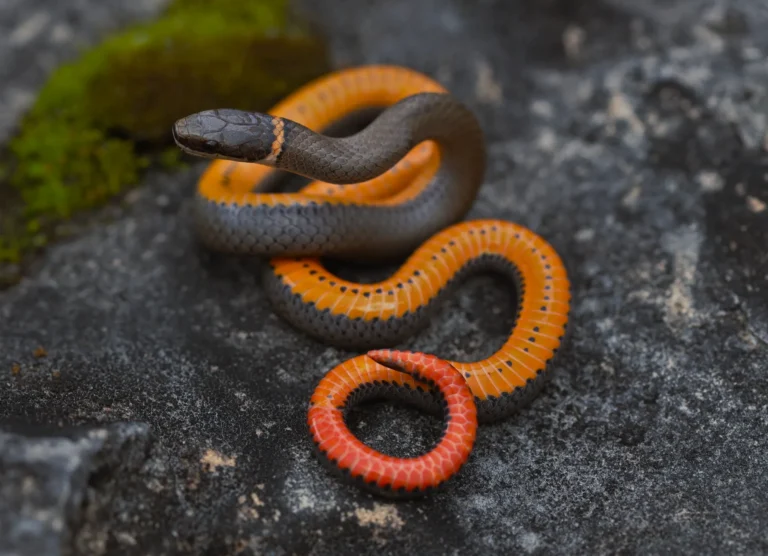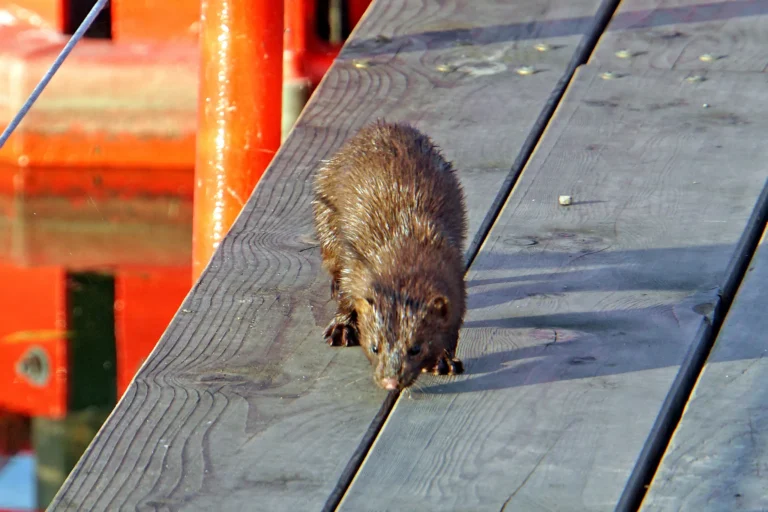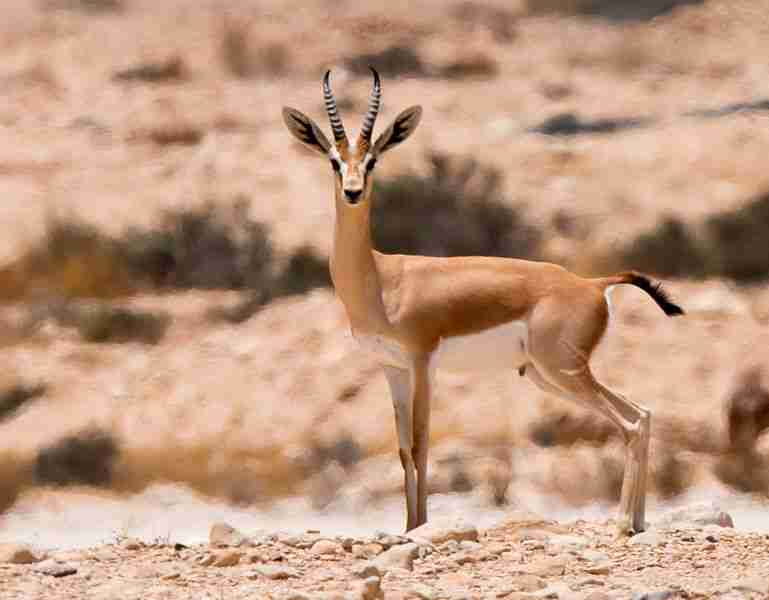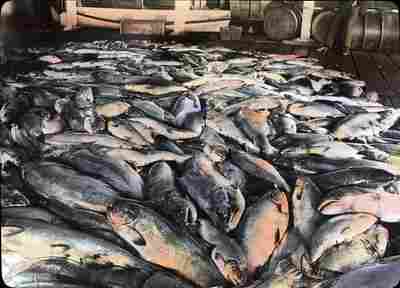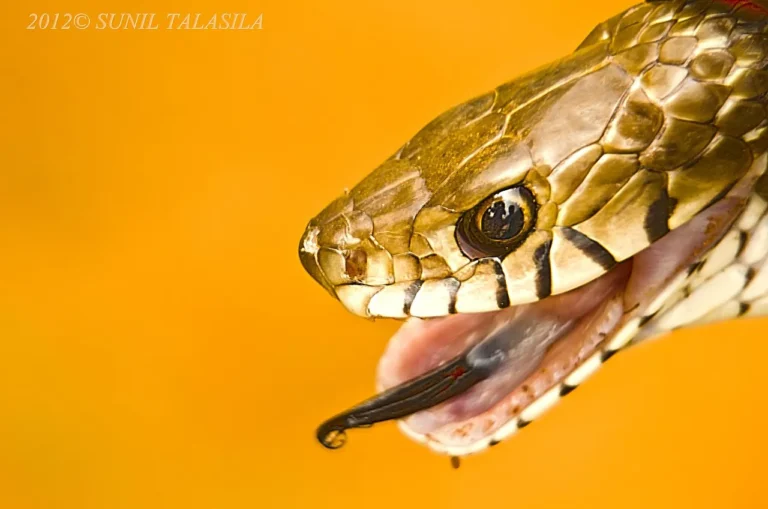Siberian Cat Vs Maine Coon Size, Weight, Overall Comparison
Comparing the Siberian Cat and Maine Coon unveils distinctive characteristics in size, build, and behavior. While the Maine Coon boasts a larger, heavier frame with slightly more independence and potential health concerns, the Siberian Cat stands out as a playful and affectionate companion. In a confrontation, the Maine Coon’s size advantage could position it as the likely victor. Additionally, differences in rarity contribute to variations in their market prices.
Siberian Cat vs Maine Coon Personality, Physiology: Navigating Feline Contrasts
I. Size and Build:
– Maine Coons, known for their size, tend to be larger and heavier with a more prominent frame compared to Siberian Cats. These physical distinctions contribute to their unique presence within the feline world.
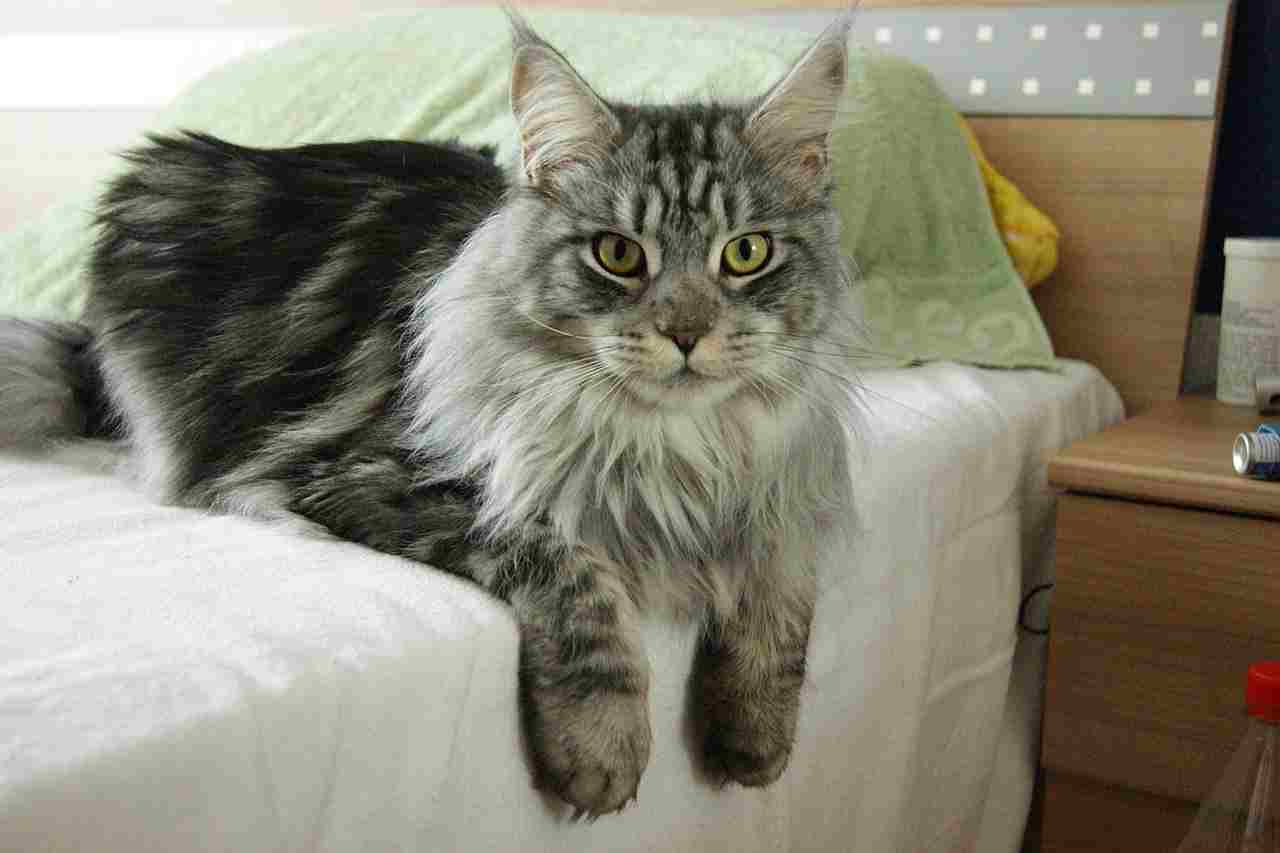
II. Behavioral Traits:
– The Siberian Cat is recognized for its playful and affectionate nature, creating a more engaging and warm companionship. In contrast, the Maine Coon, while affectionate, may display slightly more independence.
III. Health Considerations:
– Maine Coons, due to their larger size, may be more prone to certain health problems. This factor adds to the nuances of caring for these majestic feline breeds, requiring attention to potential health concerns.
IV. Price Variations:
– Reflecting their rarity, Siberian Cats generally command a higher price range in the market, ranging between $1000 and $2500. In comparison, Maine Coons, particularly kittens, are priced between $500 and $2000, showcasing differences in demand and availability.
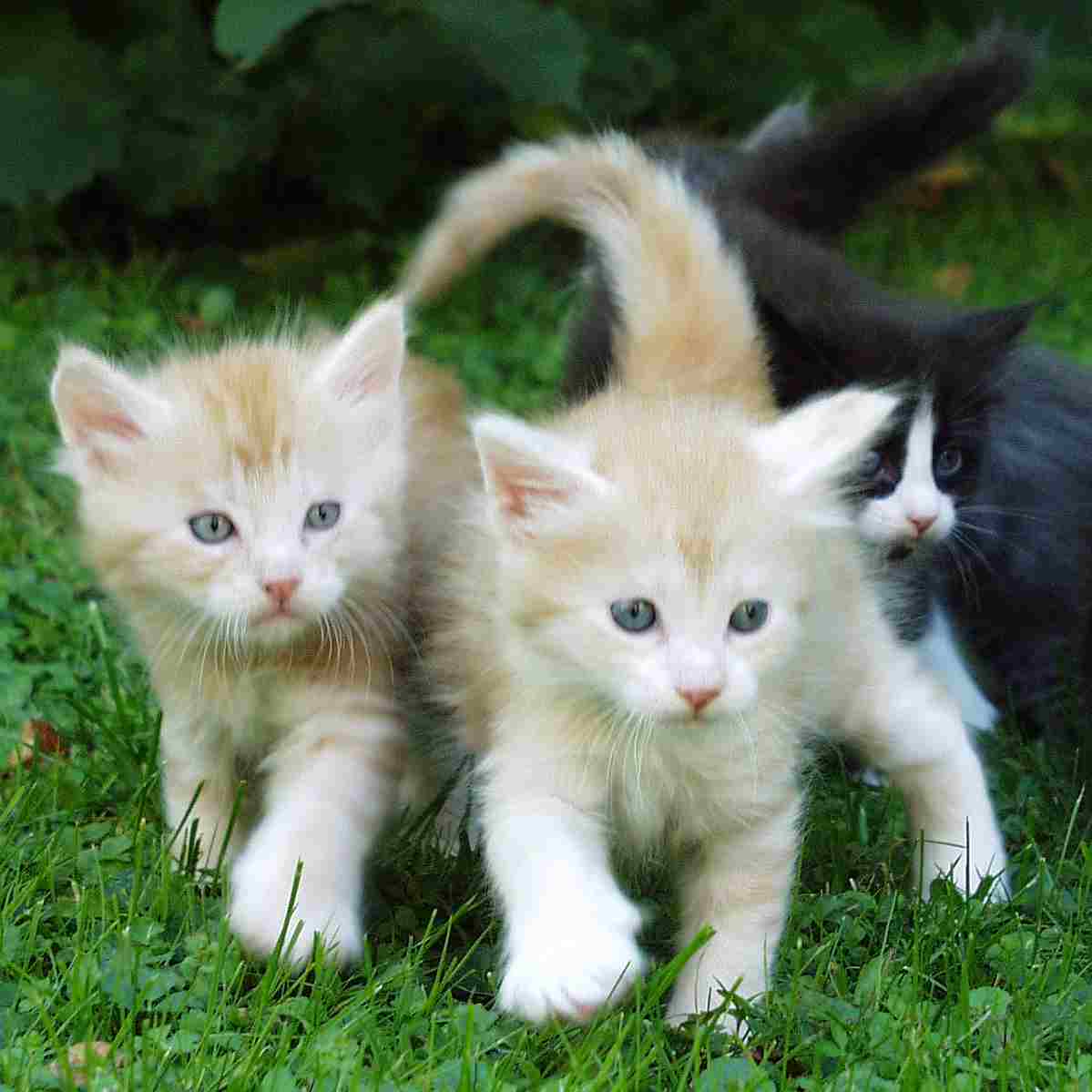
V. Hypothetical Confrontation:
– In a hypothetical fight, the Maine Coon’s larger size and weight could give it a practical advantage over the Siberian Cat, illustrating how physical attributes contribute to potential outcomes in feline confrontations.
VI. Evaluating Affection and Independence:
– Prospective cat owners must consider the balance between the Siberian Cat’s playful affection and the Maine Coon’s slightly more independent demeanor when selecting a feline companion that aligns with their preferences and lifestyle.
VII. Fostering a Harmonious Environment:
– Understanding the distinctions between the Siberian Cat and Maine Coon goes beyond physical traits, emphasizing the importance of creating a harmonious and tailored environment for these unique feline companions.
*Details of Comparison
| Criteria | Siberian Cat | Maine Coon |
| Appearance | Semi-long, triple coat; round face |
Long, flowing coat; large, rectangular body
|
| Size | Medium to large; Males 13-17 lbs, Females 8-12 lbs |
One of the largest; Males 13-18 lbs, Females 8-12 lbs
|
| Weight | Generally 13-17 lbs for males |
Typically 13-18 lbs for males
|
| Bite Force (PSI) | 150-200 PSI |
Limited data; strong jaw
|
| Physical Offensive Advantages | Agile, muscular, strong bite |
Intelligent, adaptable, strong paws
|
| Physical Defensive Advantages | Dense fur, agility |
Water-resistant coat, agility
|
| Speed | Up to 30 mph |
Not specified but known for agility
|
| Agility | Agile, excellent climbers |
Agile, well-coordinated
|
| Senses | Keen hearing, vision, and sense of smell |
Keen hearing, vision, and sense of smell
|
| Overall Physical Capacity | Robust, well-suited for various physical activities |
Robust, well-suited for various physical activities
|
| Habitat Preference(s) | Cold climates |
Adaptable to various climates
|
| Tracks | Compact and rounded |
Large, resembling other domestic cats
|
| Lifespan | Generally 12-16 years |
Generally 12-15 years
|
| Mode of Feeding | Carnivorous diet, proficient hunters |
Carnivorous diet, proficient hunters
|
| Intelligence | Intelligent, good problem-solving skills |
Intelligent, good problem-solving skills
|
| Social Behavior | Sociable, form bonds with humans and other pets |
Sociable, form bonds with humans and other pets
|
| Mode of Reproduction | Sexual reproduction, average litter size 4-6 kittens |
Sexual reproduction, average litter size 4-6 kittens
|
| Parental Behavior | Strong parental instincts, actively involved in raising offspring |
Strong parental instincts, actively involved in raising offspring
|
| Proximity to Human-Inhabited Areas | Adaptable to living with humans |
Adaptable to living with humans
|
| Behavior Toward Humans | Generally friendly and sociable |
Generally friendly and sociable
|
| Danger Posed to Humans | Not inherently dangerous; may exhibit defensive behavior if provoked |
Not inherently dangerous; may exhibit defensive behavior if provoked
|
| Associated Precautions | Require routine veterinary care and grooming |
Require routine veterinary care and grooming
|
| Conservation Status | Not listed as conservation concerns; domesticated |
Not listed as conservation concerns; domesticated
|
Key Points
- Both breeds share similarities in domestication, reproductive patterns, and behavioral traits towards humans.
- Differences include size, coat characteristics, habitat preferences, and specific behavioral traits; Maine Coons are generally larger, while Siberians are adapted to colder climates.
1. Taxonomy:
Siberian Cat:
Family: Felidae
Genus: Felis
Species: catus
Maine Coon:
Family: Felidae
Genus: Felis
Species: catus
2. Appearance:
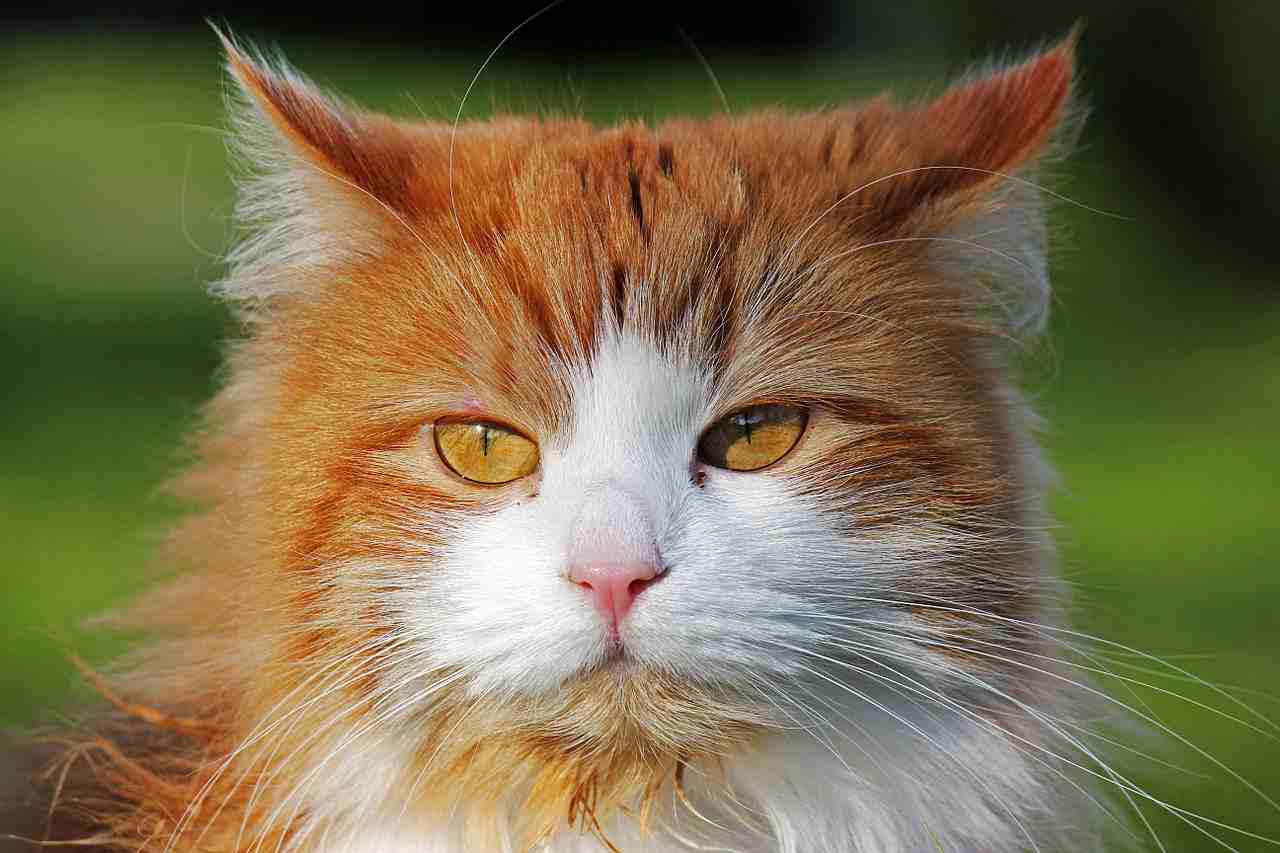
Siberian Cat:
Features a semi-long, triple coat with a dense undercoat.
Strong, muscular build with a round face and medium-sized ears.
Bushy tail and a variety of color patterns.
Maine Coon:
Boasts a long, flowing coat with a silky texture.
Large, rectangular body, tufted ears, and a bushy, long tail.
Various color patterns, and tufted paws.
Comparison:
Both breeds have luxurious fur, but Siberian cats tend to have a shorter coat than Maine Coons.
Maine Coons are generally larger and more rectangular in shape compared to the rounded appearance of Siberian cats.
Ecological Implications:
The coat characteristics may affect adaptation to different climates; Siberian cats with a denser coat may be better suited to colder environments.
3. Size:
Siberian Cat:
Medium to large-sized cat breed.
Males typically weigh between 13-17 pounds, while females weigh 8-12 pounds.
Maine Coon:
One of the largest domestic cat breeds.
Males can weigh between 13-18 pounds, and females between 8-12 pounds.
Comparison:
Maine Coons generally have a larger size compared to Siberian cats.
Ecological Implications:
Size can impact resource competition and hunting abilities, potentially influencing their role in the ecosystem.
4. Weight:
Siberian Cat:
Adult males weigh around 13-17 pounds, while females weigh 8-12 pounds.
Maine Coon:
Adult males can weigh between 13-18 pounds, and females between 8-12 pounds.
Comparison:
Maine Coons tend to have a slightly higher weight range compared to Siberian cats.
Ecological Implications:
Weight influences factors like prey selection and energy requirements, contributing to the ecological niche of each breed.
5. Bite Force (PSI – Pounds per Square Inch):
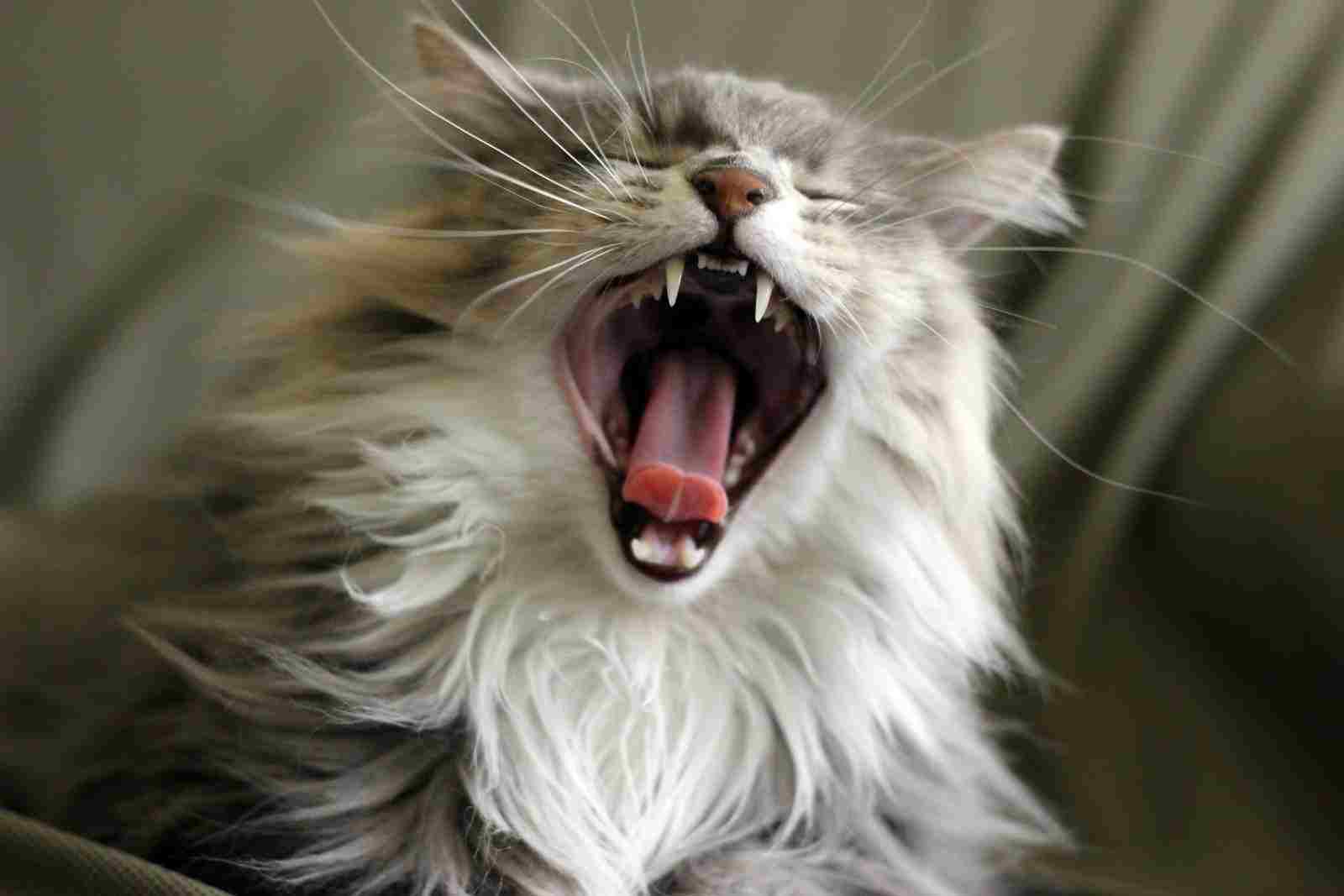
Siberian Cat:
Average bite force is around 150-200 PSI.
Maine Coon:
Bite force data specific to Maine Coons is not widely available, but they generally have a strong jaw.
Comparison:
Siberian cats are known for their robust bite force, providing an advantage in hunting and defense.
Ecological Implications:
Bite force affects hunting capabilities and prey selection, influencing the breed’s ecological role.
6. Physical Offensive Advantages:
Siberian Cat:
Agile and muscular, with a strong bite force.
Quick reflexes and excellent hunting skills.
Maine Coon:
Known for their intelligence and adaptability.
Strong paws and sharp claws contribute to effective hunting.
Comparison:
Both breeds possess offensive advantages, but Siberian cats may excel in quick, forceful attacks due to their robust physique.
Ecological Implications:
These offensive traits impact the breeds’ roles as predators, affecting the local fauna.
7. Physical Defensive Advantages:
Siberian Cat:
Dense fur provides protection against harsh weather conditions.
Agility and quick reflexes aid in evading potential threats.
Maine Coon:
Well-adapted to various climates, with a water-resistant coat.
Agile and strong, capable of defensive maneuvers.
Comparison:
Both breeds exhibit defensive features, with Siberian cats having a thicker coat, potentially offering more protection.
Ecological Implications:
Defensive advantages influence the breeds’ survival in their respective habitats.
8. Speed (Km/hour or Mile/hour):
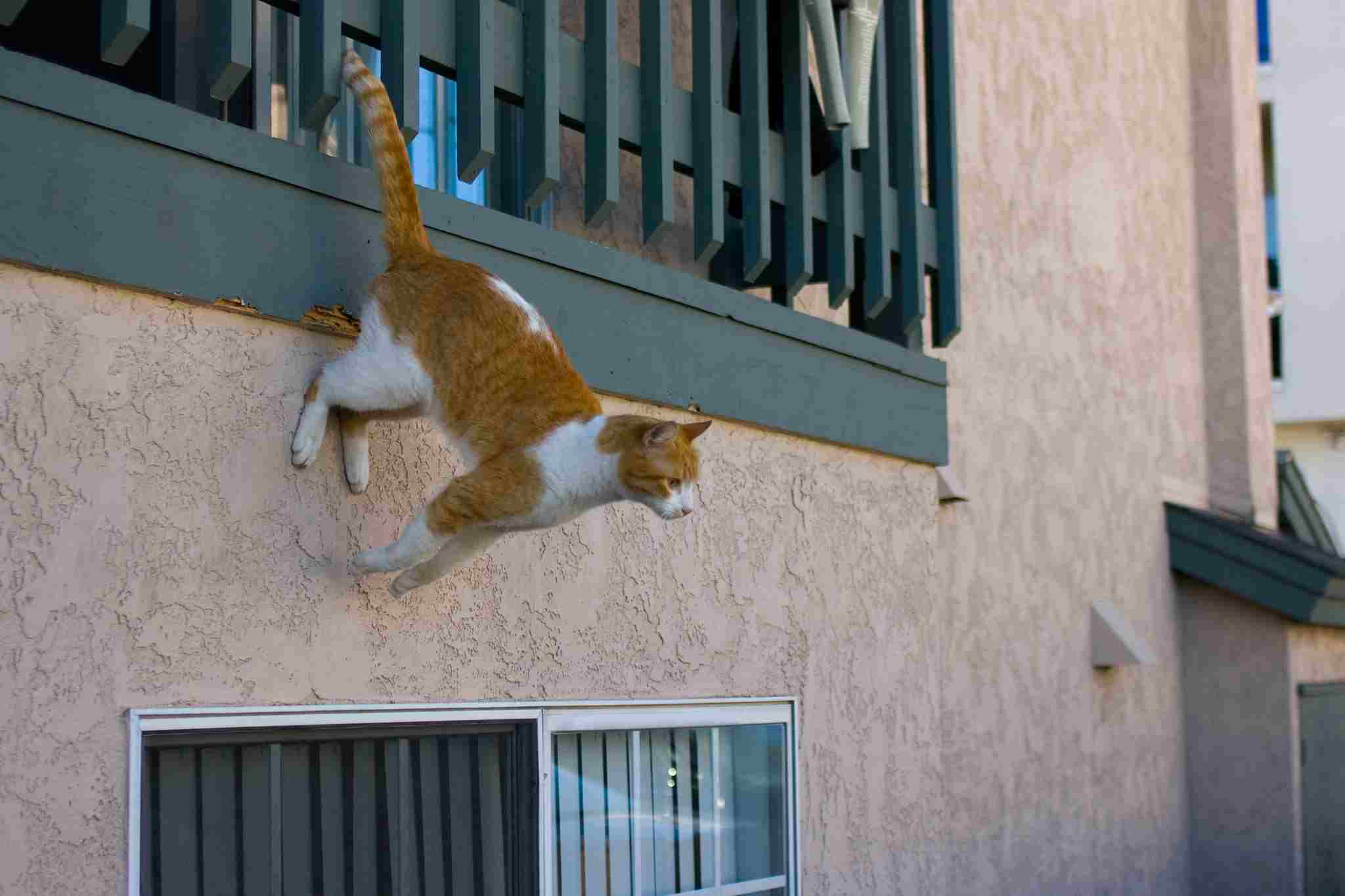
Siberian Cat:
Capable of reaching speeds up to 30 mph (48 km/h).
Maine Coon:
While specific speed data is limited, Maine Coons are known for their agility.
Comparison:
Siberian cats are recognized for their impressive speed compared to the agile nature of Maine Coons.
Ecological Implications:
Speed influences hunting success and escape from predators, contributing to the breeds’ ecological roles.
9. Agility:
Siberian Cat:
Agile and nimble, with a flexible body.
Excellent climbers and jumpers.
Maine Coon:
Agile and well-coordinated, known for their prowess in climbing.
Comparison:
Both breeds showcase high levels of agility, with similarities in their climbing and jumping abilities.
Ecological Implications:
Agility is crucial for navigating their habitats, capturing prey, and avoiding potential dangers.
10. Senses:
Siberian Cat:
Keen senses of hearing and vision.
Well-developed sense of smell for hunting and navigation.
Maine Coon:
Excellent hearing and vision, contributing to their hunting prowess.
Strong sense of smell for various activities.
Comparison:
Both breeds have heightened senses, essential for their roles as hunters.
Ecological Implications:
Sharp senses enhance their ability to locate prey and navigate their environments.
11. Overall Physical Capacity:
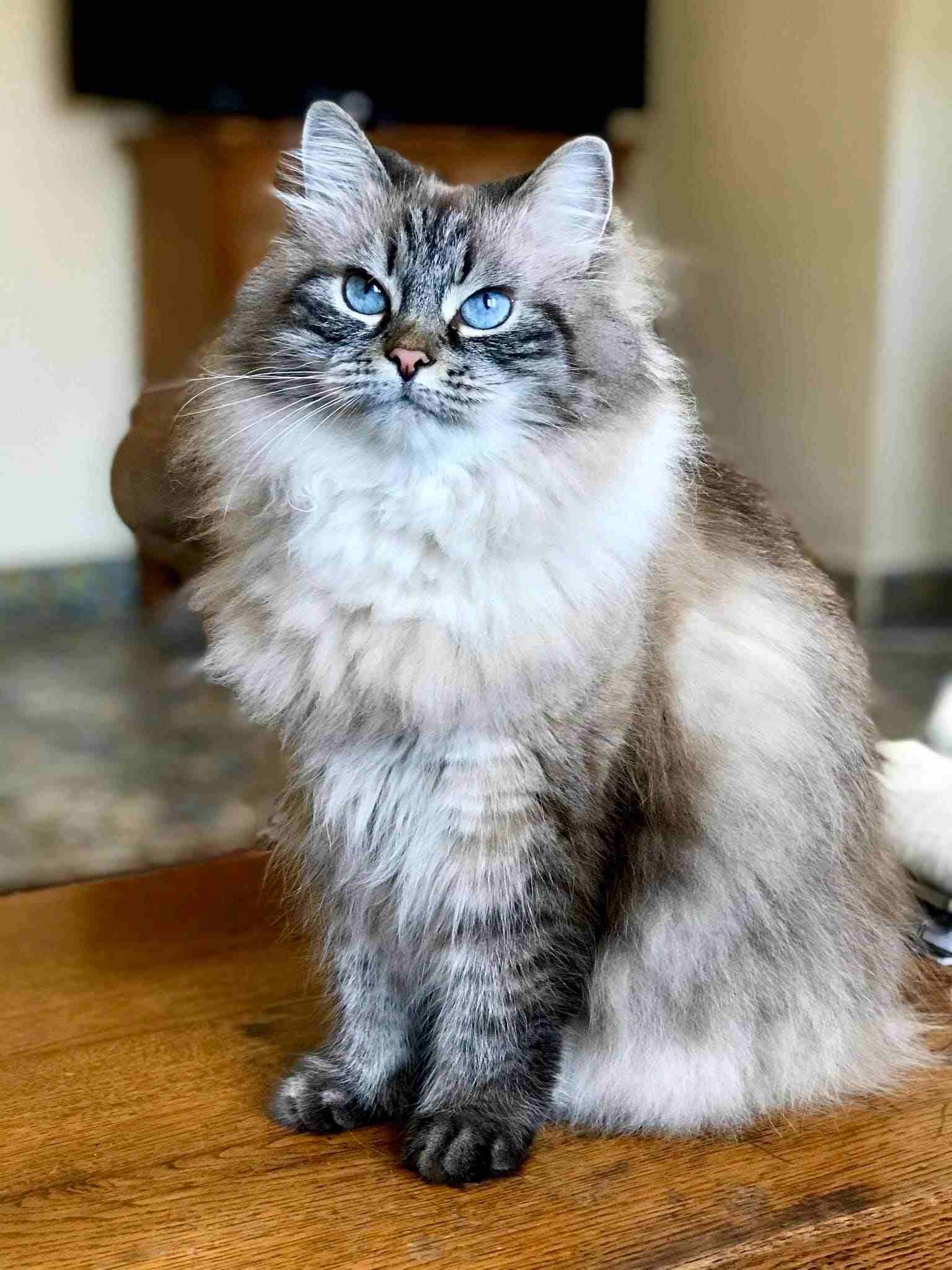
Siberian Cat:
Robust build, agile, and well-suited for various physical activities.
Maine Coon:
Large, muscular physique, indicating a strong overall physical capacity.
Comparison:
Both breeds exhibit impressive physical capabilities, tailored to their specific environments and roles.
Ecological Implications:
Physical capacity influences their effectiveness as predators and survivors in their respective habitats.
12. Habitat Preference(s):
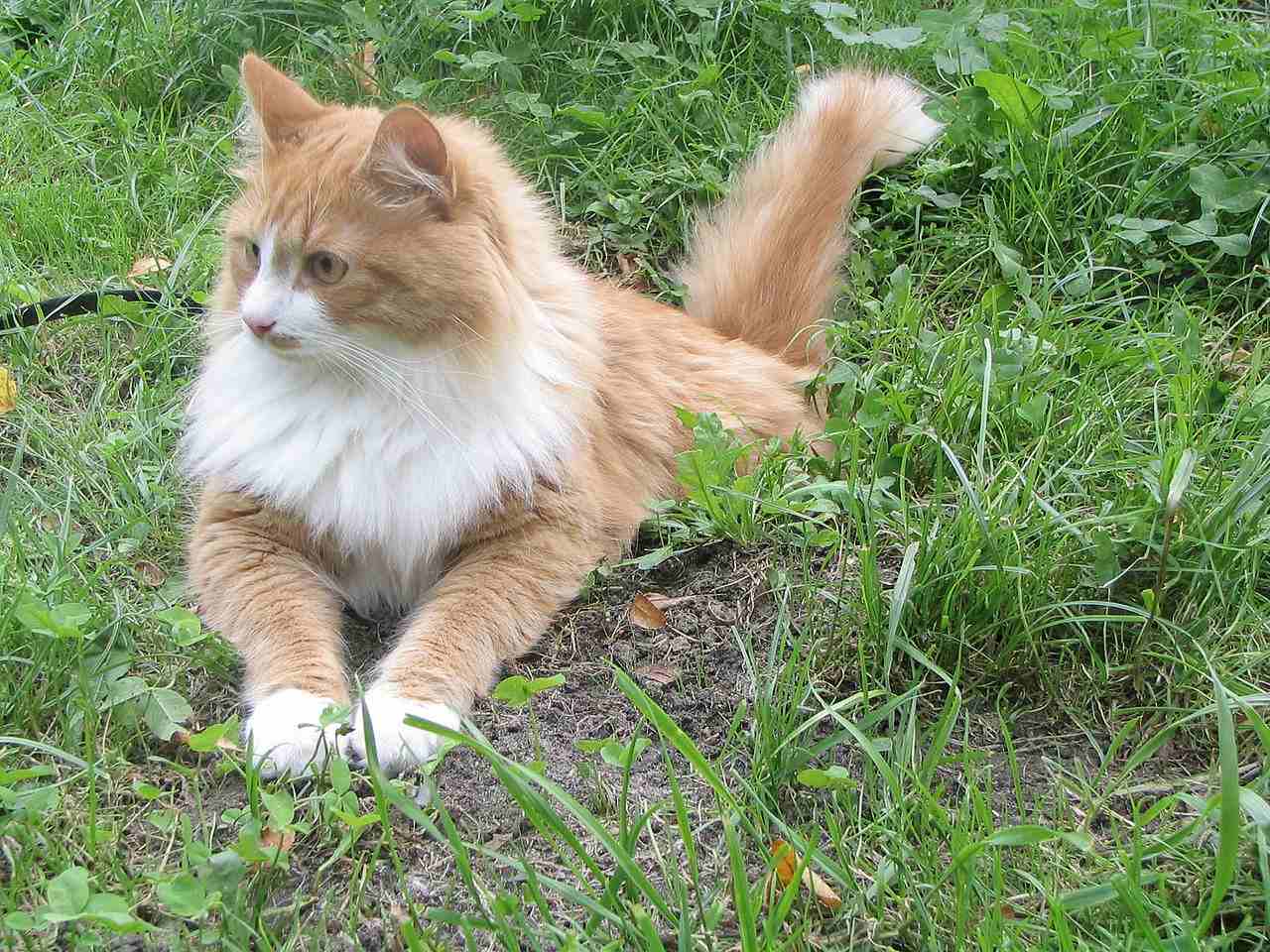
Siberian Cat:
Historically adapted to the Siberian taiga, preferring cold climates.
Maine Coon:
Originated in North America, adapted to a diverse range of climates.
Comparison:
Siberian cats have a preference for colder environments, while Maine Coons are adaptable to various climates.
Ecological Implications:
Habitat preferences influence the breeds’ distribution and ability to thrive in specific ecological niches.
13. Tracks:
Siberian Cat:
Paw prints show distinctive features, with a compact and rounded shape.
Maine Coon:
Paw prints are large, resembling those of other domestic cats.
Comparison:
Siberian cat tracks may exhibit more compact features compared to the larger and more common tracks of Maine Coons.
Ecological Implications:
Tracking characteristics may provide insights into the breeds’ movements, territorial behavior, and interactions with the environment.
14. Lifespan:
Siberian Cat:
Typically, Siberian cats have a lifespan of 12-16 years.
Maine Coon:
Maine Coons generally have a lifespan of 12-15 years.
Comparison:
Both breeds have similar lifespans, with individual variations based on factors like genetics and healthcare.
Ecological Implications:
Lifespan influences population dynamics and long-term ecological interactions within their habitats.
15. Mode of Feeding:
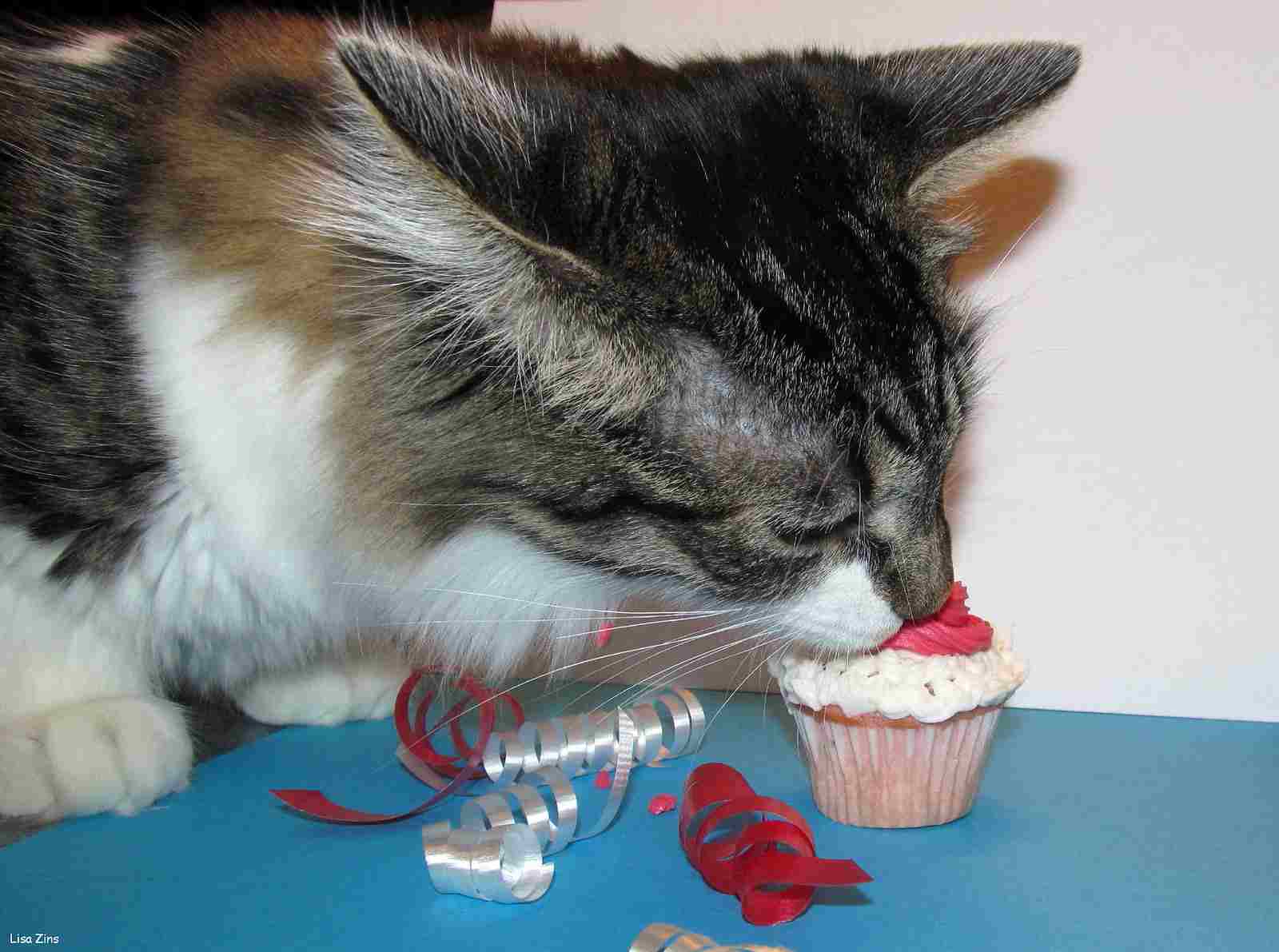
Siberian Cat:
Carnivorous diet, primarily consisting of meat.
Efficient hunters, relying on their sharp senses and physical capabilities.
Maine Coon:
Carnivorous diet, requiring a protein-rich food source.
Proficient hunters, utilizing their agility and intelligence in hunting activities.
Comparison:
Both breeds share a carnivorous diet and hunting instincts.
Ecological Implications:
Their feeding behavior contributes to the balance of local ecosystems, affecting prey populations.
16. Intelligence:
Siberian Cat:
Intelligent and problem-solving capabilities.
Maine Coon:
Renowned for high intelligence, adaptability, and problem-solving skills.
Comparison:
Both breeds are intelligent, but Maine Coons are often recognized for their exceptional problem-solving abilities.
Ecological Implications:
Intelligence influences their ability to adapt to changing environments and solve challenges related to survival.
17. Siberian Cat vs Maine Coon Personality and Social Behavior:
Siberian Cat:
Generally sociable, forming strong bonds with their owners.
Can be territorial but often get along well with other pets.
Maine Coon:
Known for their friendly and sociable nature.
Often enjoy the company of humans and other pets.
Comparison:
Both breeds exhibit social behavior, with Maine Coons being particularly known for their friendly and sociable nature.
Ecological Implications:
Social behavior can impact community dynamics and interactions within their habitats.
18. Mode of Reproduction:
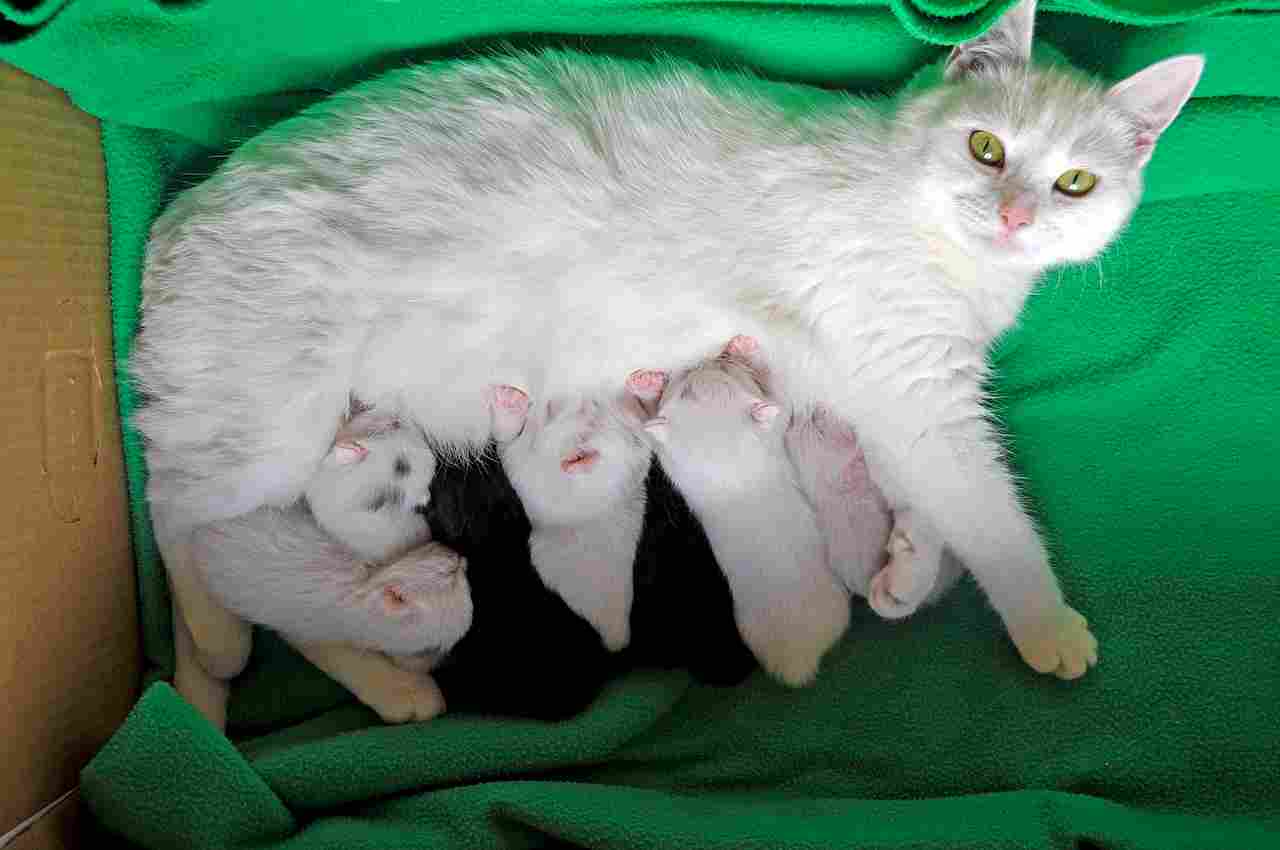
Siberian Cat:
Reproduces through sexual reproduction, involving mating between males and females.
Typically, a litter size ranges from 4 to 6 kittens.
Maine Coon:
Similar to Siberian cats, reproduces through sexual reproduction.
Average litter size is 4 to 6 kittens.
Comparison:
Both breeds share a similar mode of reproduction and litter size.
Ecological Implications:
Reproductive patterns contribute to population dynamics and genetic diversity within their habitats.
19. Parental Behavior:
Siberian Cat:
Generally exhibits good maternal instincts, caring for and protecting their kittens.
Maine Coon:
Known for strong parental instincts, actively participating in raising and nurturing their offspring.
Comparison:
Both breeds display strong parental behaviors, contributing to the survival and well-being of their kittens.
Ecological Implications:
Parental care influences the overall success of the breed in sustaining its population.
20. Proximity to Human-Inhabited Areas:
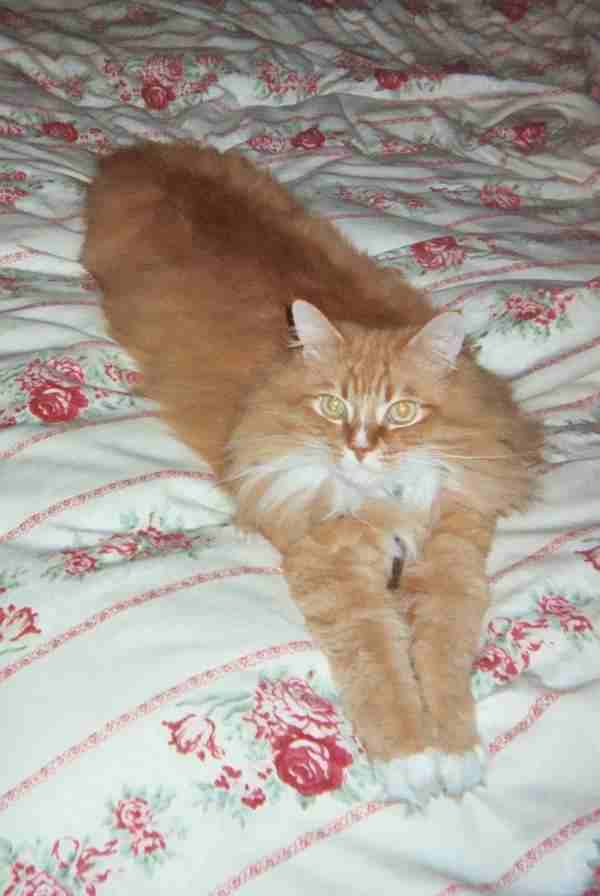
Siberian Cat:
Adaptable to living in human households, forming close bonds with owners.
Maine Coon:
Domesticated and well-suited to living in homes, often forming strong connections with human companions.
Comparison:
Both breeds are domesticated and thrive in close proximity to human-inhabited areas.
Ecological Implications:
Their adaptation to coexist with humans may impact local wildlife and ecosystems.
21. Behavior Toward Humans:
Siberian Cat:
Typically affectionate and friendly, forming strong bonds with their human owners.
Maine Coon:
Known for their gentle and sociable nature, often enjoying human interaction.
Comparison:
Both breeds exhibit friendly behavior towards humans, making them popular as domestic pets.
Ecological Implications:
Their behavior towards humans influences their roles as companion animals and their impact on human households.
22. Danger Posed to Humans:
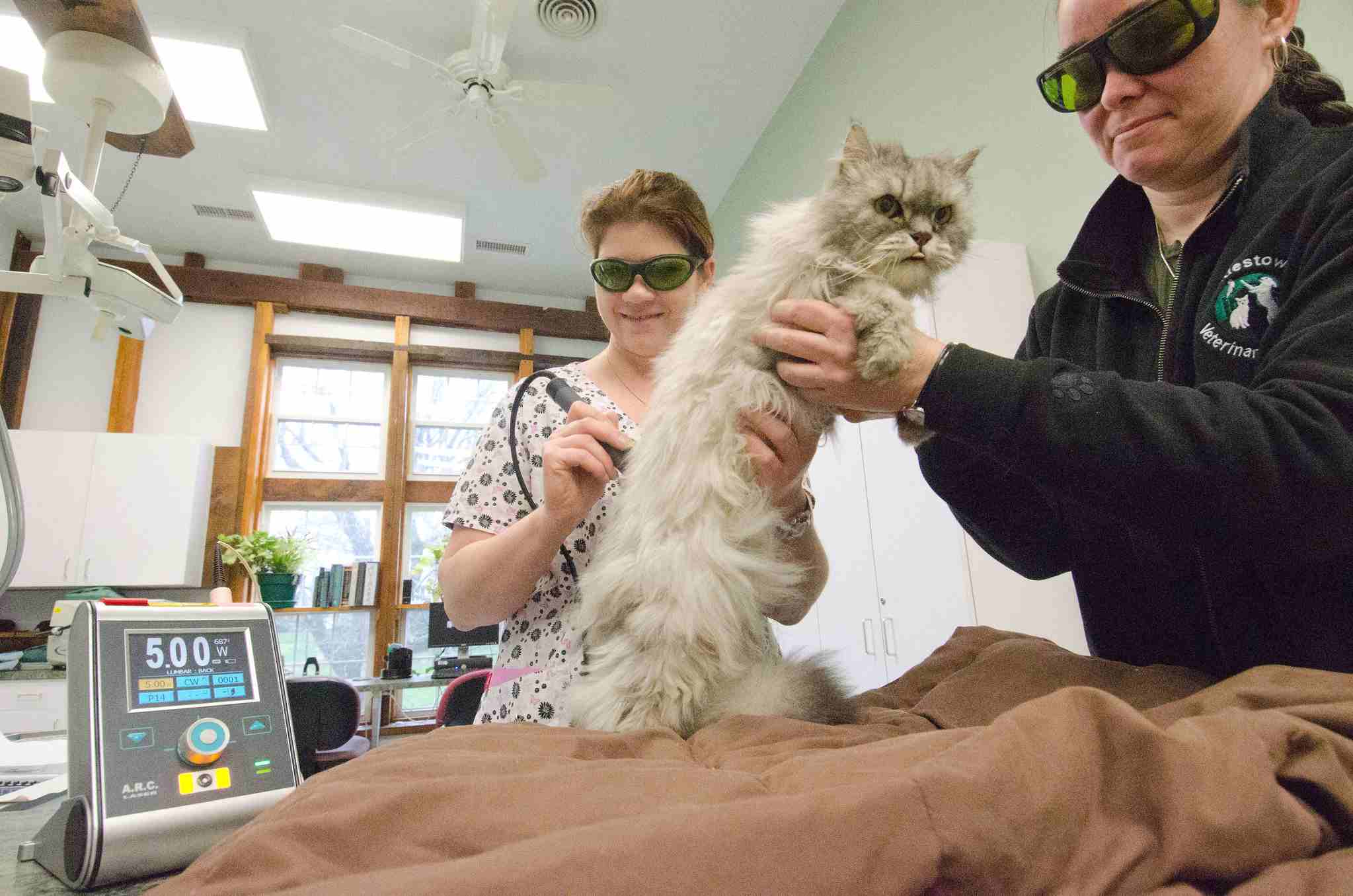
Siberian Cat:
Generally poses no significant danger to humans.
May exhibit territorial behavior or defensive actions if they feel threatened.
Maine Coon:
Not inherently dangerous to humans; known for their gentle nature.
Like any cat, can display defensive behaviors if provoked.
Comparison:
Both breeds are not considered dangerous to humans, with any aggressive behavior typically linked to specific situations.
Ecological Implications:
Limited danger to humans ensures a positive coexistence between these breeds and human communities.
23. Associated Precautions:
Siberian Cat:
Regular veterinary care, including vaccinations and parasite prevention.
Proper grooming due to their dense coat.
Maine Coon:
Routine veterinary care, especially addressing potential genetic health issues.
Attention to dental health and grooming due to their long coat.
Comparison:
Both breeds require standard pet care, including veterinary attention and grooming.
Ecological Implications:
Responsible pet ownership practices contribute to the well-being of these breeds and prevent potential health issues.
24. Conservation Status:
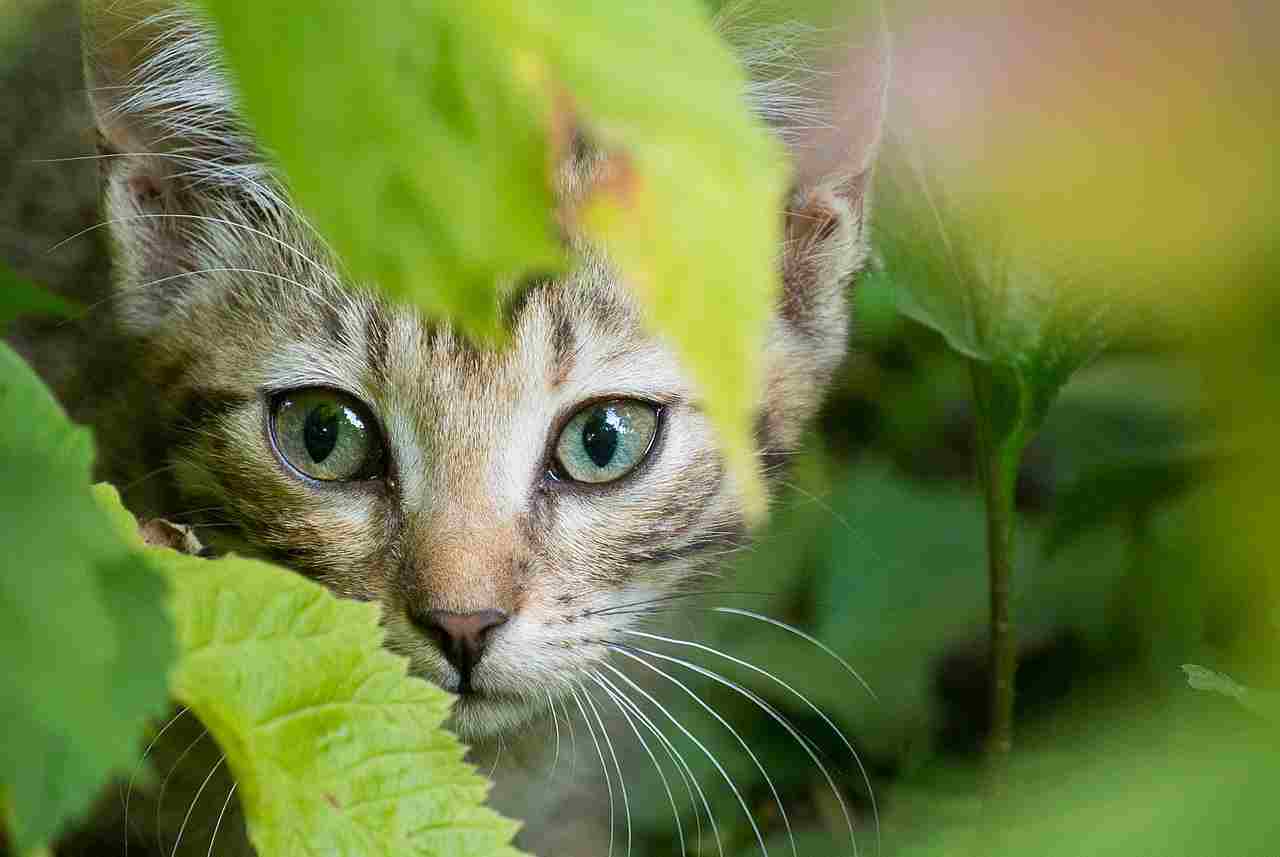
Siberian Cat:
Not listed as a conservation concern; considered a domestic cat breed.
Maine Coon:
Not listed as a conservation concern; categorized as a domestic cat breed.
Comparison:
Both breeds are domesticated and not subject to conservation efforts.
Ecological Implications:
Conservation status reflects their domestic nature and lack of threat to wild populations.
Summary of Comparison
Appearance:
Siberian Cat: Semi-long, triple coat; round face.
Maine Coon: Long, flowing coat; large, rectangular body.
Size:
Siberian Cat: Medium to large; males 13-17 lbs, females 8-12 lbs.
Maine Coon: One of the largest; males 13-18 lbs, females 8-12 lbs.
Weight:
Siberian Cat: Generally 13-17 lbs for males.
Maine Coon: Typically 13-18 lbs for males.
Bite Force (PSI):
Siberian Cat: 150-200 PSI.
Maine Coon: Limited data; strong jaw.
Physical Offensive Advantages:
Siberian Cat: Agile, muscular, strong bite.
Maine Coon: Intelligent, adaptable, strong paws.
Physical Defensive Advantages:
Siberian Cat: Dense fur, agility.
Maine Coon: Water-resistant coat, agility.
Speed:
Siberian Cat: Up to 30 mph.
Maine Coon: Not specified but known for agility.
Agility:
Siberian Cat: Agile, excellent climbers.
Maine Coon: Agile, well-coordinated.
Senses:
Both breeds: Keen hearing, vision, and sense of smell.
Overall Physical Capacity:
Both breeds: Robust, well-suited for various physical activities.
Habitat Preference(s):
Siberian Cat: Cold climates.
Maine Coon: Adaptable to various climates.
Tracks:
Siberian Cat: Compact and rounded.
Maine Coon: Large, resembling other domestic cats.
Lifespan:
Both breeds: Generally 12-16 years.
Mode of Feeding:
Both breeds: Carnivorous diet, proficient hunters.
Intelligence:
Both breeds: Intelligent, good problem-solving skills.
Social Behavior:
Both breeds: Sociable, form bonds with humans and other pets.
Mode of Reproduction:
Both breeds: Sexual reproduction, average litter size 4-6 kittens.
Parental Behavior:
Both breeds: Strong parental instincts, actively involved in raising offspring.
Proximity to Human-Inhabited Areas:
Both breeds: Adaptable to living with humans.
Behavior Toward Humans:
Both breeds: Generally friendly and sociable.
Danger Posed to Humans:
Both breeds: Not inherently dangerous; may exhibit defensive behavior if provoked.
Associated Precautions:
Both breeds: Require routine veterinary care and grooming.
Conservation Status:
Both breeds: Not listed as conservation concerns; domesticated.
Conclusion
I). Similarities:
Both Siberian cats and Maine Coons share similarities in their domestication, behavioral traits towards humans, and reproductive patterns.
II). Differences:
Differences include size, coat characteristics, habitat preferences, and specific behavioral traits, with Maine Coons generally being larger and Siberians having adaptations to colder climates.
